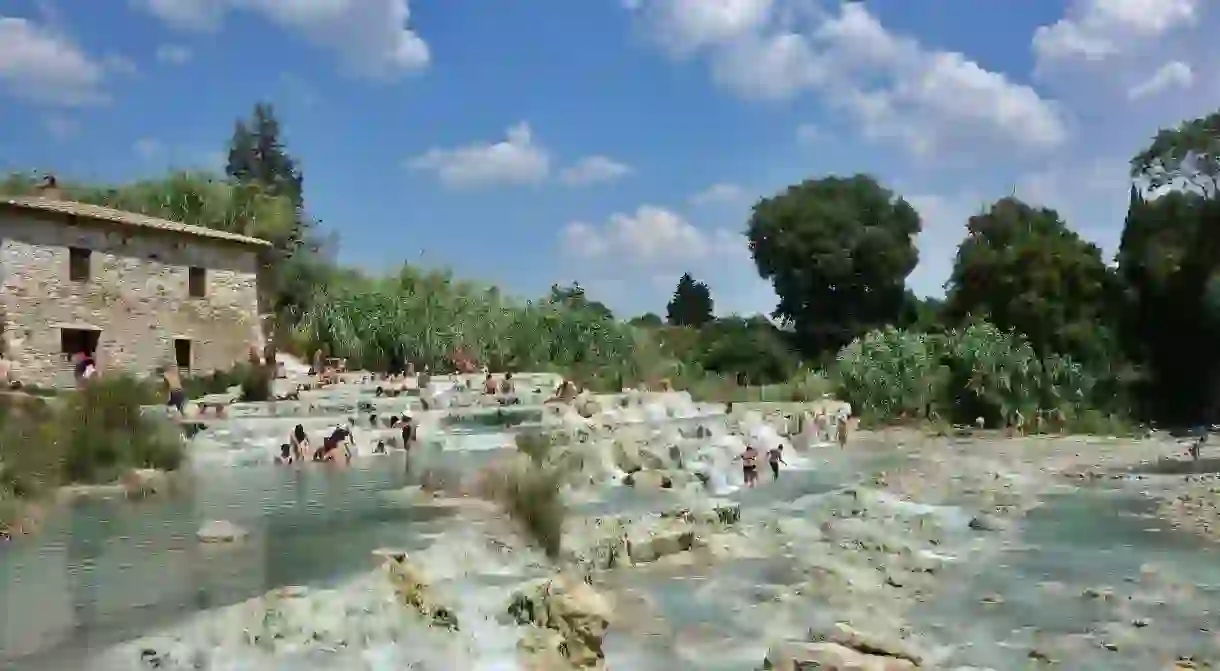Italy's Best Natural Hot Springs

Thanks to its complex geological composition, Italy is punctuated by natural hot springs. Rich in sulphur and an array of other minerals, these waters are considered to have endless health and beauty benefits like curing skin diseases and relieving high blood pressure. We chart some of the best across the country, from Tuscany to Sicily.
Saturnia
Natural Feature, Health Spa

Vulcano
Spa
Petriolo
Health Spa
Fosso Bianco
Health Spa
The Fosso Bianco natural pools, in the village of Bagni San Filippo, sit at the confluence of several hot springs. Slipping down the calcium-carbonate encrusted rock-face and into the natural cerulean basins below, the Fosso Bianco waterfalls provide the perfect all-year-round bathing experience. Following the tree-lined leafy pathway into the heart of the woods, you will eventually come to the “white whale” (the largest calcium formation of Bagni San Filippo), where the white-blue water is in marked contrast with the green and copper shades of the woodlands. Here, the rich and remedial mud deposits, sitting at the bottom of the pools, provide one of the best (free) spa treatments that mother nature can offer.
Bagni di Bormio
Natural Feature
Piscine Carletti, Viterbo
Spa
Head to Piscine Carletti for a more authentic Italian bathing experience. Set in the countryside an hour outside of Rome, this network of thermal pools is loved by locals, who voluntarily maintain them. Piscine Carletti has some of the purest and hottest thermal waters in the region, reaching 58C (136F). There’s no fee to visit, and you can spend hours wallowing in the pools – the hottest one trickles straight down from the source while the outer pools are cooler.
Amy Blyth contributed additional reporting.













